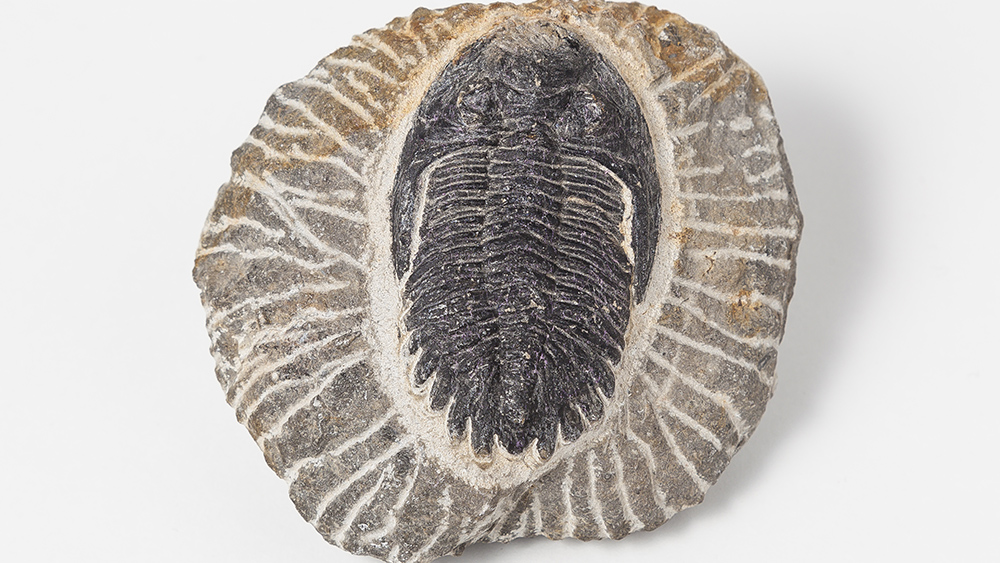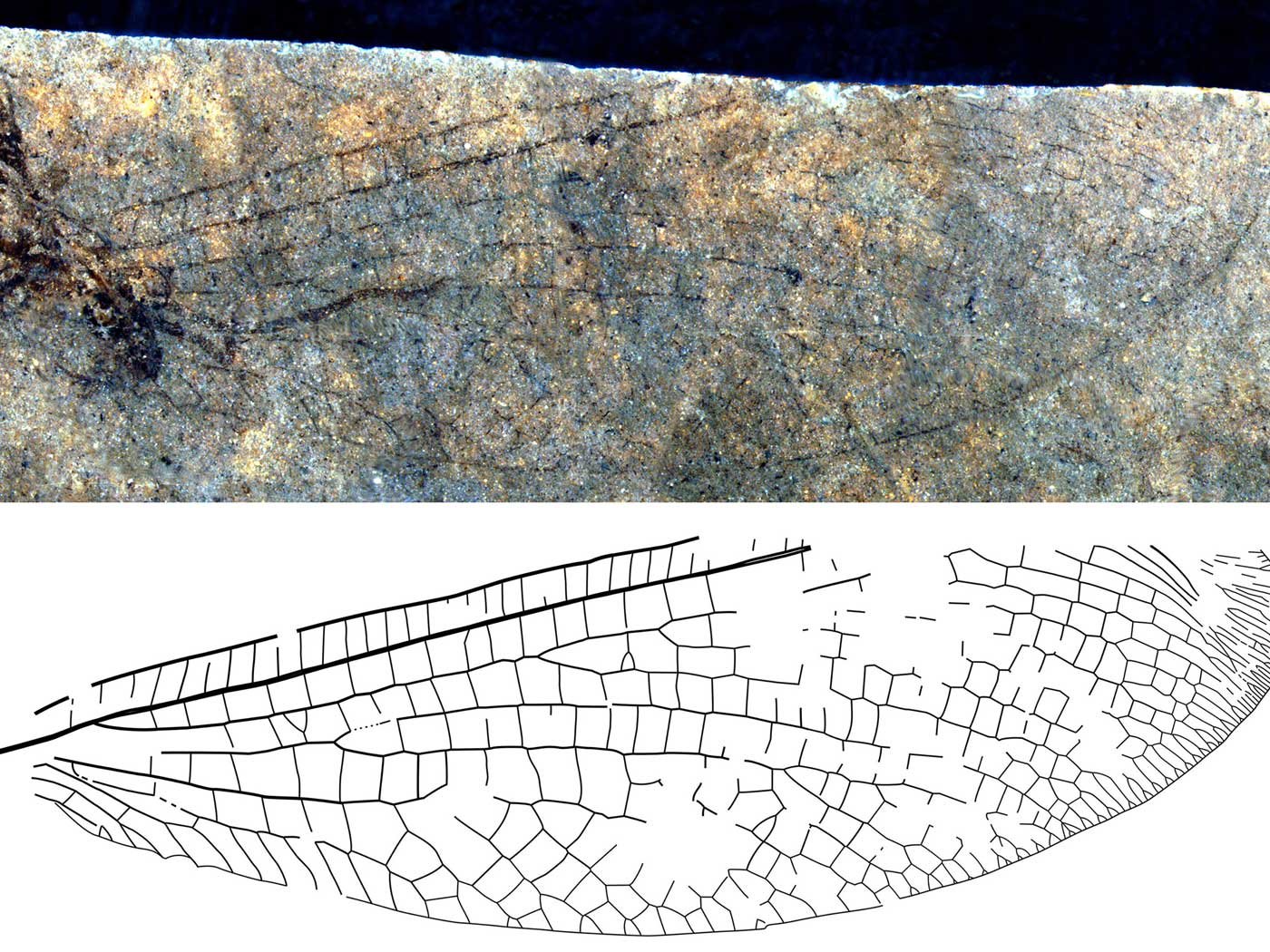Trilobites (a type of arthropod) appear in sedimentary rocks as part of the Cambrian Explosion.1 In this episode, all the major animal groups first appear as fossils. They appear suddenly, fully-formed, and functional, and the older rock layers below them contain no ancestors.2,3
Creation scientists explain the sudden appearance of these Cambrian-system fossils as evidence of the first major advance of water across the continents at the onset of the Flood. Imagine huge tsunami-like waves overtaking millions of creatures. It seems likely that shallow marine organisms were the first types of animals buried by these raging floodwaters.1
Creation scientists explain the sudden appearance of Cambrian-system fossils as evidence of the first major advance of water across the continents at the onset of the Flood. ![]()
A recent report, published in the Proceedings of the National Academy of Sciences, details a comprehensive new study of the global Ediacaran sediments—those found just below the Cambrian.4 The goals of the research included searching for arthropod fossils in Ediacaran sediments and explaining why there are few, if any, arthropods below the Precambrian/Cambrian boundary.4
Allison Daley from the University of Lausanne, Switzerland, and her colleagues from the University of Oxford even considered the trace fossil (tracks and burrows) record of the arthropods and biases that may have been caused by various modes of preservation.4 They said that “To search for euarthropod fossils [trilobites, insects, crustaceans] earlier in the rock record requires comparable fossil preservation modes in the Precambrian, where exceptional preservation of soft-tissue abounds.”4
A news story stated,
It has been argued that the absence of euarthropods from the Precambrian Period, earlier than around 540 million years ago [the secular age assigned to the base of the Cambrian], is the result of a lack of fossil preservation. But the new comprehensive study suggests this isn’t the case.5
The scientists found there were similar opportunities for preservation in both the Cambrian and Precambrian rocks, and yet arthropod fossils and trace fossils are found only in the Cambrian sediments. “The lack of euarthropod body fossils in the Ediacaran biota is mirrored in all other preservational regimes in the Precambrian, including BSTs [Burgess Shale Type deposits], phosphatised microfossils, and chert deposits.”4
They also found that euarthropod trace fossils are “strikingly absent” during the Ediacaran period.4
Daley and her co-authors concluded by saying,
This constrains the appearance of the euarthropod stem lineage to no older than 550 Ma [about the time of the onset of the Cambrian system by secular estimates]. While each of the major types of fossil evidence (BSTs, trace fossils, and biomineralized preservation) have their limitations and are incomplete in different ways, when taken together they allow a coherent picture to emerge of the origin and subsequent radiation of total group Euarthropoda during the Cambrian.4
This study clearly demonstrates that the arthropods, like the trilobites, have no earlier ancestors in the rock record. They show up suddenly as part of the Cambrian Explosion just like all other major animal groups. As Daley and her colleagues have shown, the preservation opportunities in the Cambrian and the Ediacaran were exactly the same, but no arthropods appear in the rock record until the Cambrian. This study deepens the Cambrian Explosion enigma for secular scientists.
The global Flood remains the best explanation for the fossil record and the Cambrian Explosion. ![]()
The global Flood remains the best explanation for the fossil record and the Cambrian Explosion. Animal fossils merely appear in rocks in their order of burial. Evolutionary scientists can continue to search for ancestors in the rock record, but they will always come up empty-handed.
References
- Clarey, T. 2014. Trilobites: Sudden Appearance and Rapid Burial. Acts & Facts. 43 (2): 13.
- Thomas, B. Is the Cambrian Explosion Problem Solved? Creation Science Update. Posted on ICR.org December 12, 2011, accessed May 23, 2018.
- Thomas, B. Cambrian Fossil Intensifies Evolutionary Conundrum. Creation Science Update. Posted on ICR.org September 26, 2014, accessed May 23, 2018.
- Daley, A. et al. 2018. Early fossil record of Euarthropoda and the Cambrian Explosion. PNAS. 115 (21): 5323-5331.
- University of Oxford. 2018. Major fossil study sheds new light on emergence of early animal life 540 million years ago. Posted on eurekalert.org on May 21, 2018, accessed on May 23, 2018.
*Dr. Timothy Clarey is Research Associate at ICR and earned his doctorate in geology from Western Michigan University.

























